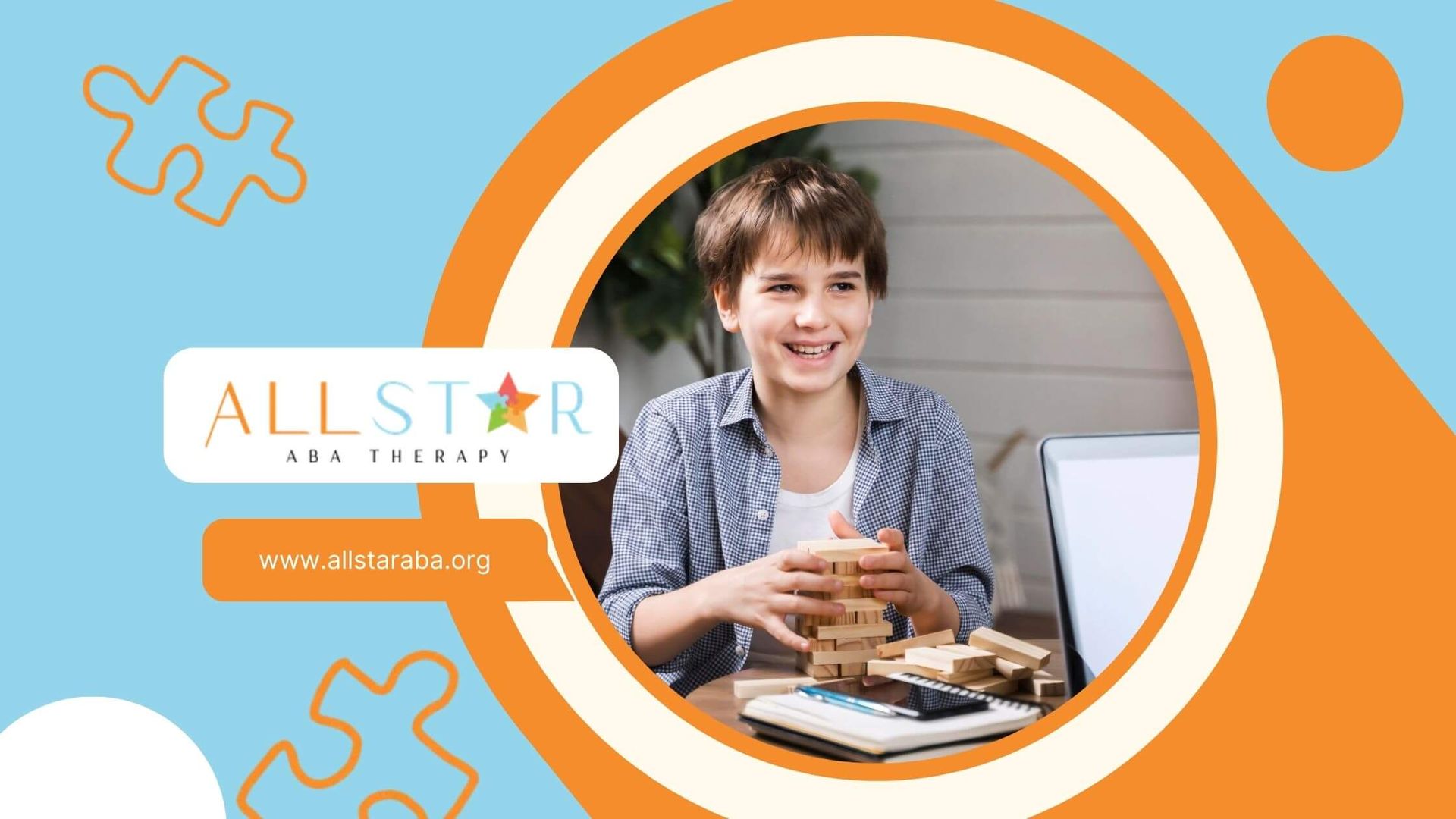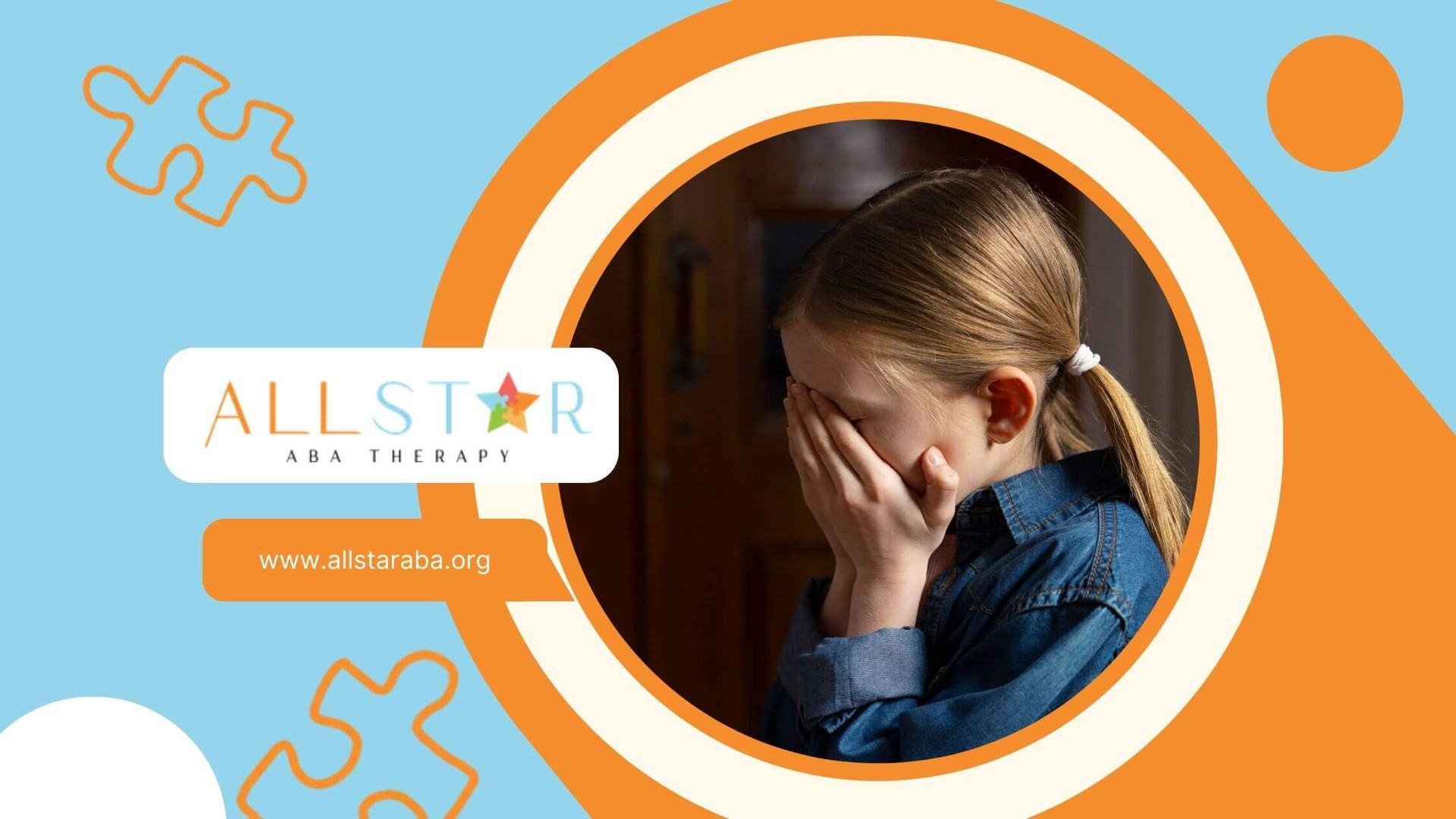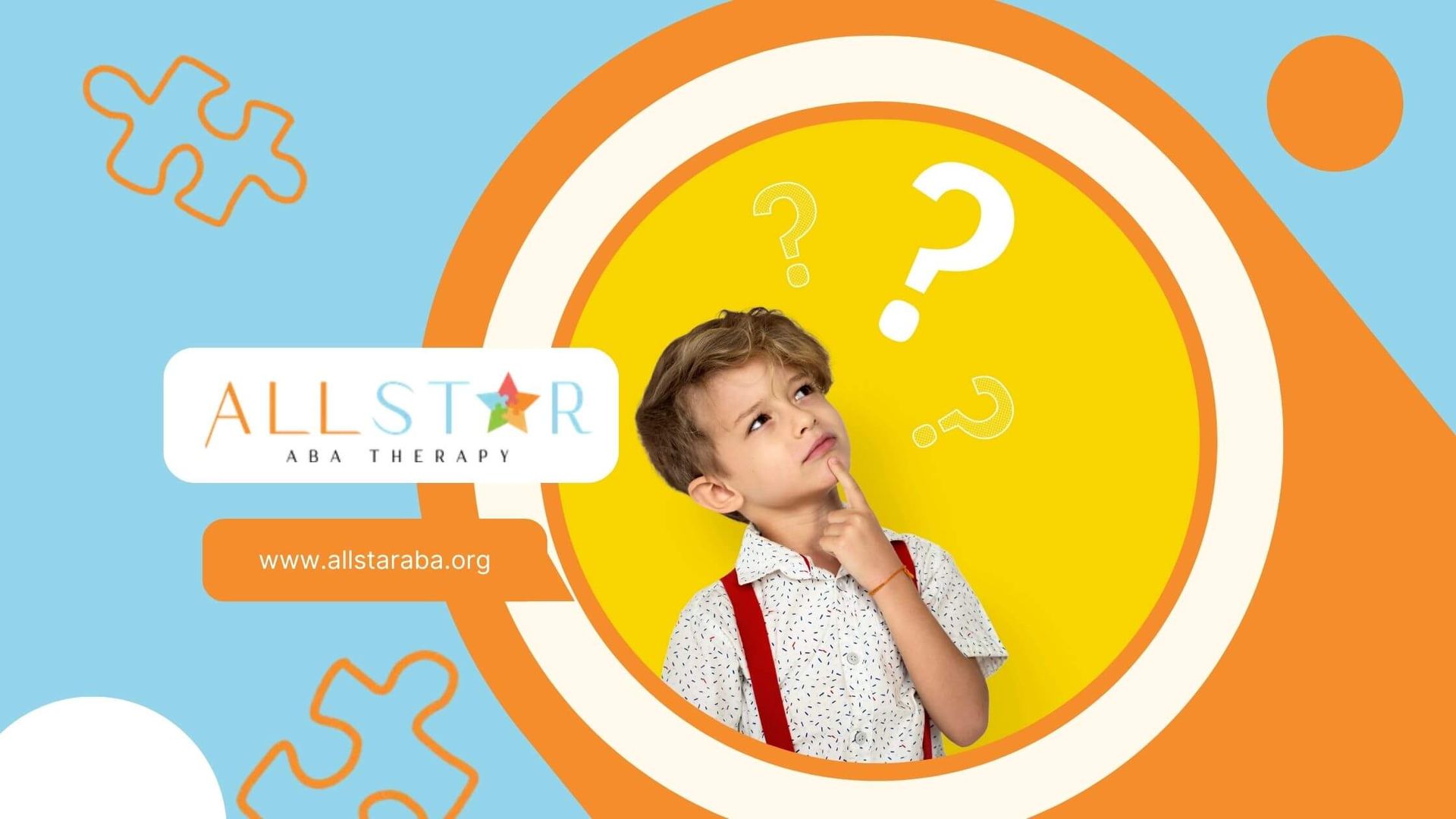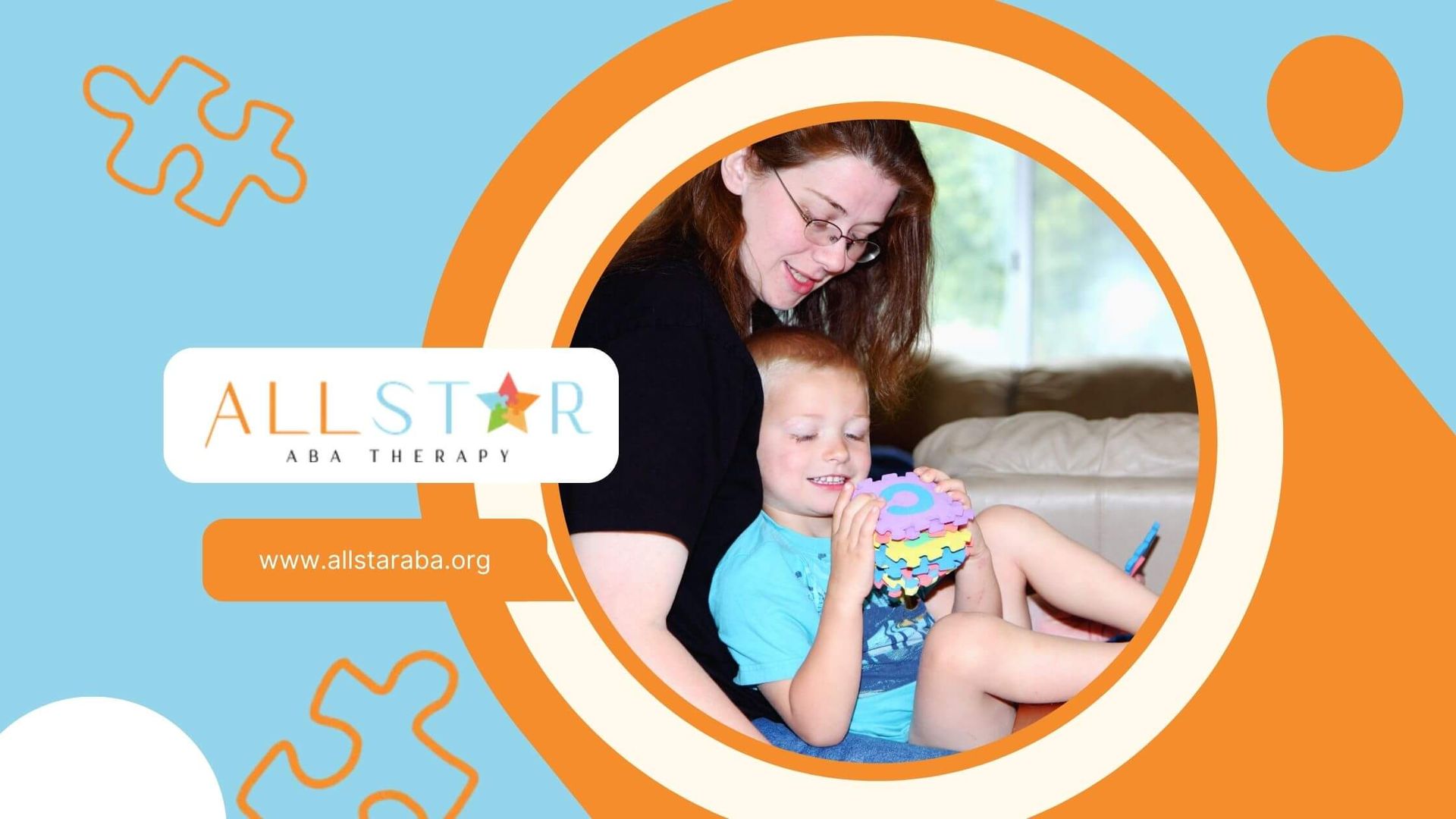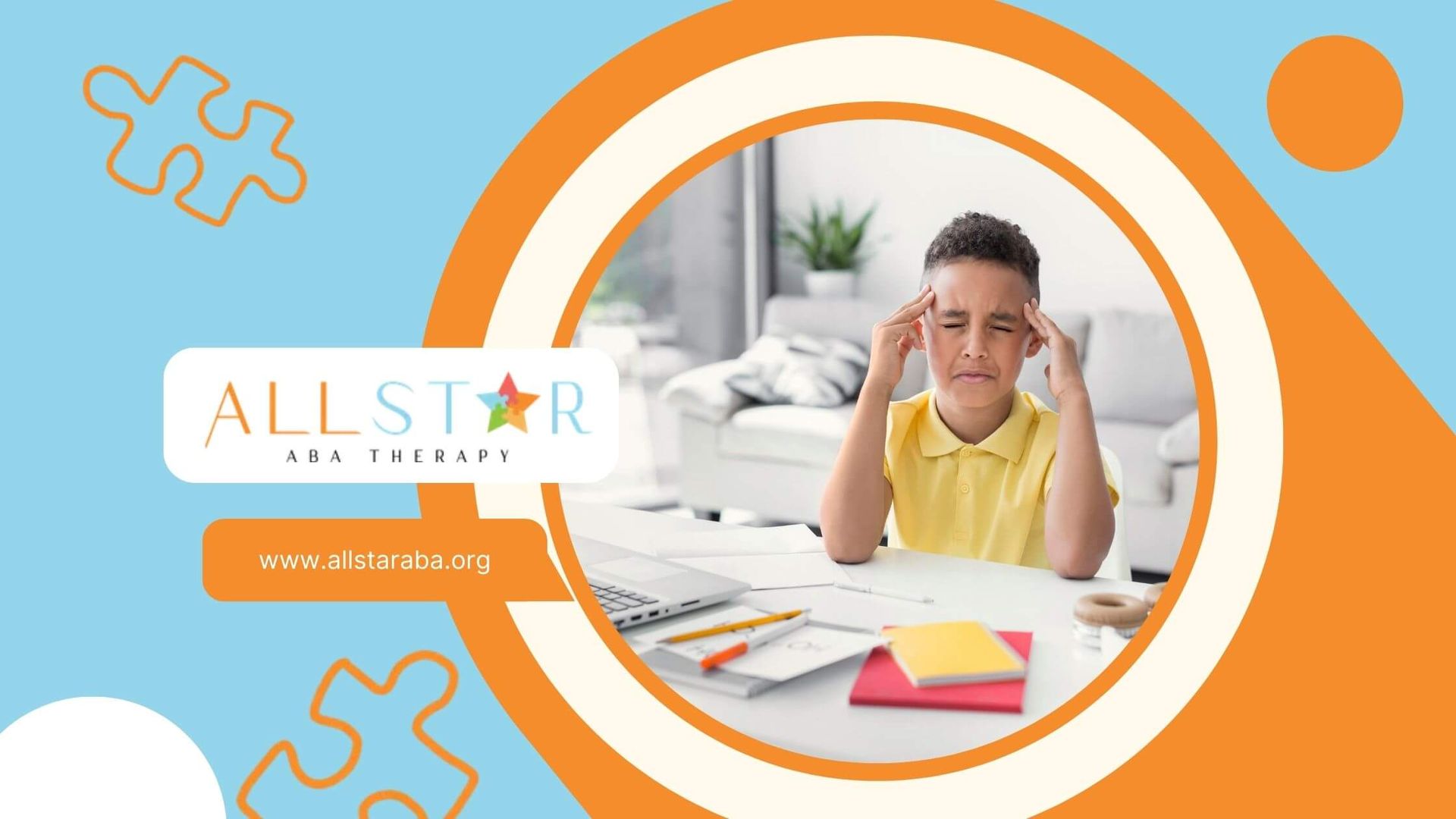New Paragraph
12 Creative Water Play Activities for Kids with Autism
Water has a unique ability to capture children’s attention. It’s calming, interactive, and full of sensory input — making it one of the best tools for play and therapy. For children with autism, water play is more than just fun. It can support sensory regulation, encourage communication, and even build life skills.
One of my clients in in-home ABA therapy loved water beads so much that they became her daily calming routine. Her parents noticed fewer meltdowns when she had structured sensory play, and water activities quickly became part of her therapy plan.
So here are 12 water play activities for autism that combine fun, learning, and therapy-friendly benefits.
Why Water Play Helps Children with Autism
Before we dive into the list, it’s worth understanding why water play is so effective for children on the autism spectrum.
- Calming effect: The sensory input of water can help reduce stress and anxiety.
- Sensory exploration: Pouring, splashing, and touching water allows safe multi-sensory experiences.
- Motor skill development: Scooping, squeezing, and pouring strengthen fine motor and hand-eye coordination.
- Social interaction: Water activities can encourage turn-taking, cooperation, and joint play.
- Adaptability: Water play works indoors or outdoors, structured or free-flowing, depending on the child’s needs.
1. Sensory Water Bin
Fill a shallow bin with warm water and add sponges, cups, plastic animals, or floating toys. Children can scoop, pour, and squeeze as they explore.
Tip: Try themed bins such as “ocean day” with seashells or “farm day” with toy animals.
Skills supported: fine motor skills, sensory processing, imaginative play.
2. Colored Water Pouring
Add food coloring to cups or pitchers of water. Provide funnels and clear containers so children can pour, mix, and explore how colors change.
Tip: Adding ice cubes or glitter increases interest and keeps attention longer.
Skills supported: color recognition, hand-eye coordination, early science concepts.
3. Floating and Sinking Game
Collect items like toy cars, spoons, corks, and rocks. Have your child guess whether each will float or sink before placing it in water.
Tip: Turn this into a prediction game by asking “What do you think will happen?”
Skills supported: problem-solving, vocabulary, critical thinking.
4. Bubble Play
Fill a tub with soap and water. Offer straws, bubble wands, or simply let children splash and pop bubbles.
Tip: Incorporating bubbles into song or turn-taking activities makes it more interactive.
Skills supported: oral motor strength, sensory regulation, social play.
5. Water Beads Exploration
Water beads are soft and squishy. Provide spoons, cups, and scoops for exploration. Always supervise closely, as they are not edible.
Tip: Hide small toys inside for a sensory treasure hunt.
Skills supported: tactile exploration, fine motor coordination, patience.
6. Outdoor Sprinkler Fun
On warm days, sprinklers can provide endless fun. Children can run, jump, or simply sit in the spray at their own pace.
Tip: Set up a playful obstacle course with hoops or cones for added movement.
Skills supported: gross motor development, body awareness, self-regulation.
7. Washing Station
Create a pretend car wash or doll wash with sponges, soap, and buckets. Children can wash toy cars, dolls, or plastic animals.
Tip: Add a drying station with towels to build sequencing skills.
Skills supported: pretend play, daily living skills, sequencing.
8. Ice Play
Freeze small toys in ice cubes and invite your child to “rescue” them by melting the ice with warm water, salt, or tools.
Tip: Use different colors of ice for added sensory stimulation.
Skills supported: problem-solving, sensory contrast, patience.
9. Water Painting
Provide paintbrushes and a cup of water. Children can “paint” on sidewalks, fences, chalkboards, or cardboard. The designs fade as they dry, making it repeatable.
Tip: Pair with chalk drawings for creative combinations.
Skills supported: creativity, focus, fine motor skills.
10. DIY Sensory Bottles
Fill clear bottles with water, glitter, beads, or food coloring. Seal tightly and let your child shake, roll, and flip them.
Tip: Use these as calming bottles to help with self-regulation.
Skills supported: visual stimulation, calming strategies, emotional regulation.
11. Sink or Float Storytime
Turn floating and sinking into a narrative. For example: “The duck floats on the surface, but the stone sinks deep below.” Adding stories keeps children engaged.
Skills supported: language development, imagination, cause-and-effect.
12. Mini Water Obstacle Course
Set up buckets, cups, and sponges in your yard. Challenge your child to transfer water from one station to another.
Skills supported: gross motor skills, sequencing, teamwork if playing with others.
Safety Considerations for Water Play
- Always supervise closely, even with shallow water.
- Choose age-appropriate activities based on comfort with water.
- Avoid small objects that could be choking hazards.
- Be mindful of sensory sensitivities — some children prefer warm water to cold.
Making Water Play Part of Everyday Learning
Water play doesn’t need to be limited to special activities. Daily routines can become learning opportunities. Bath time, hand washing, and even pouring drinks can reinforce motor skills and independence.
Within therapy, water play can be used to:
- Teach communication by prompting children to request items or actions.
- Encourage social interaction through turn-taking and cooperative games.
- Practice self-help skills like rinsing, cleaning, and drying.
Water play is a wonderful tool for families at home, but professional ABA therapy can make it even more effective. At All Star ABA, we integrate playful, sensory-based approaches with structured therapy to support progress.
We proudly serve families across Maryland and Virginia with:
- In-home ABA therapy – Convenient, personalized sessions at home.
- Center-based ABA therapy – Structured environments designed for growth.
- ABA therapy in school – Consistent support within the classroom.
- ABA parent training – Practical guidance to help families continue progress.
FAQs
1. Why is water play so effective for children with autism?
Water offers soothing sensory input, helping children regulate emotions while engaging in fun, skill-building activities.
2. What if my child dislikes water play?
Start with indirect activities like water painting or sensory bottles. Gradually increase exposure based on comfort.
3. Can ABA therapy include water play activities?
Yes. Many ABA therapists use water play to support communication, self-help, and sensory regulation goals.
Sources:
- https://www.gympanzees.org/our-services/online-resource-hub/autism/13-wet-messy-play-ideas-to-stimulate-your-child-with-autism
- https://link.springer.com/article/10.1007/s40489-024-00464-z
- https://www.autismparentingmagazine.com/connection-autism-water/
- https://autism.org/aquatic-therapy-autism/
Need Support?
We're Here to Help!
Our experienced team is ready to assist you. Reach out today to discuss how we can support your child's development and well-being.
Get started with expert ABA therapy today.



